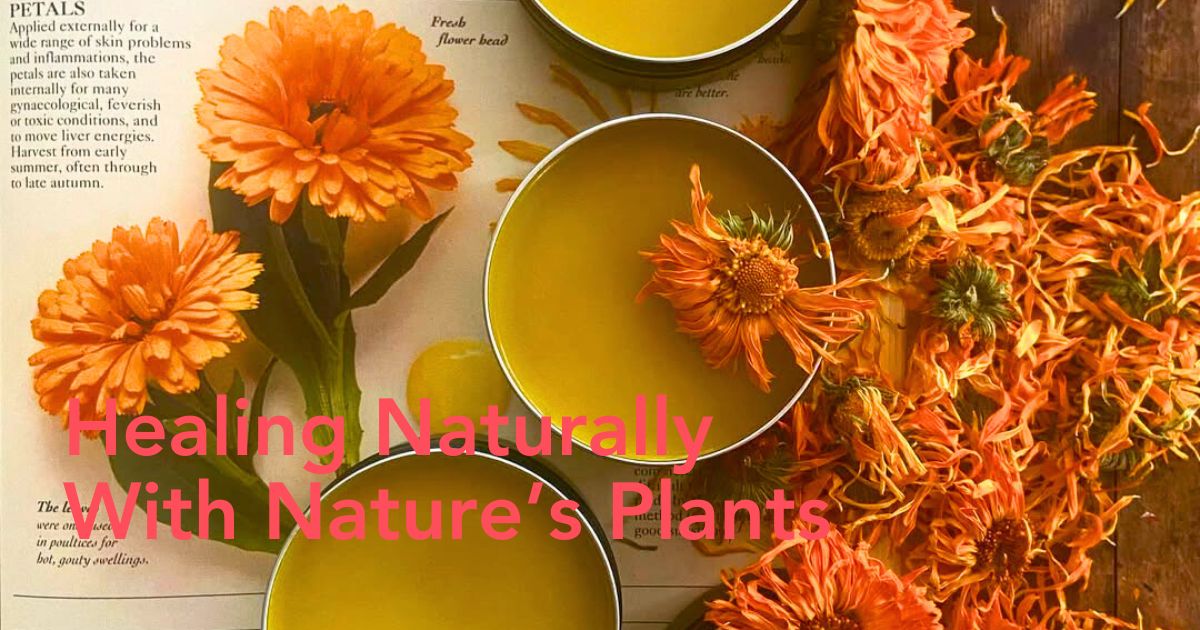Plants are wonderful for a variety of reasons, including adding color to both indoor and outdoor spaces, providing food for pollinators, increasing curb appeal, and being harvested for cooking. Aside from these benefits, some plants have healing properties that can help treat common ailments. Whether you want to reduce inflammation, improve digestion, or relieve anxiety, these healing plants can be grown and used at home.
8 Healing Plants You Should Have Around
Healing plants, revered for their therapeutic properties for centuries, offer a practical and sustainable approach to healthcare. As experts continue to explore the potential of botanical medicine, certain plants stand out for their healing abilities. From soothing inflammation to bolstering the immune system, these eight plants have earned acclaim among practitioners and herbalists alike for their potent healing properties.
1. Lavender (Lavandula)
For centuries, people have used lavender's amazing healing properties. Lavender plants are thought to originate in the Mediterranean, Middle East, and India. Indeed, humans have used lavender for healing for over 2,500 years. The Romans used blue-violet lavender flowers in their baths to relieve fatigue and stiff joints, and in their beds and clothes to keep the bugs away. They even used lavender to scent their hair.
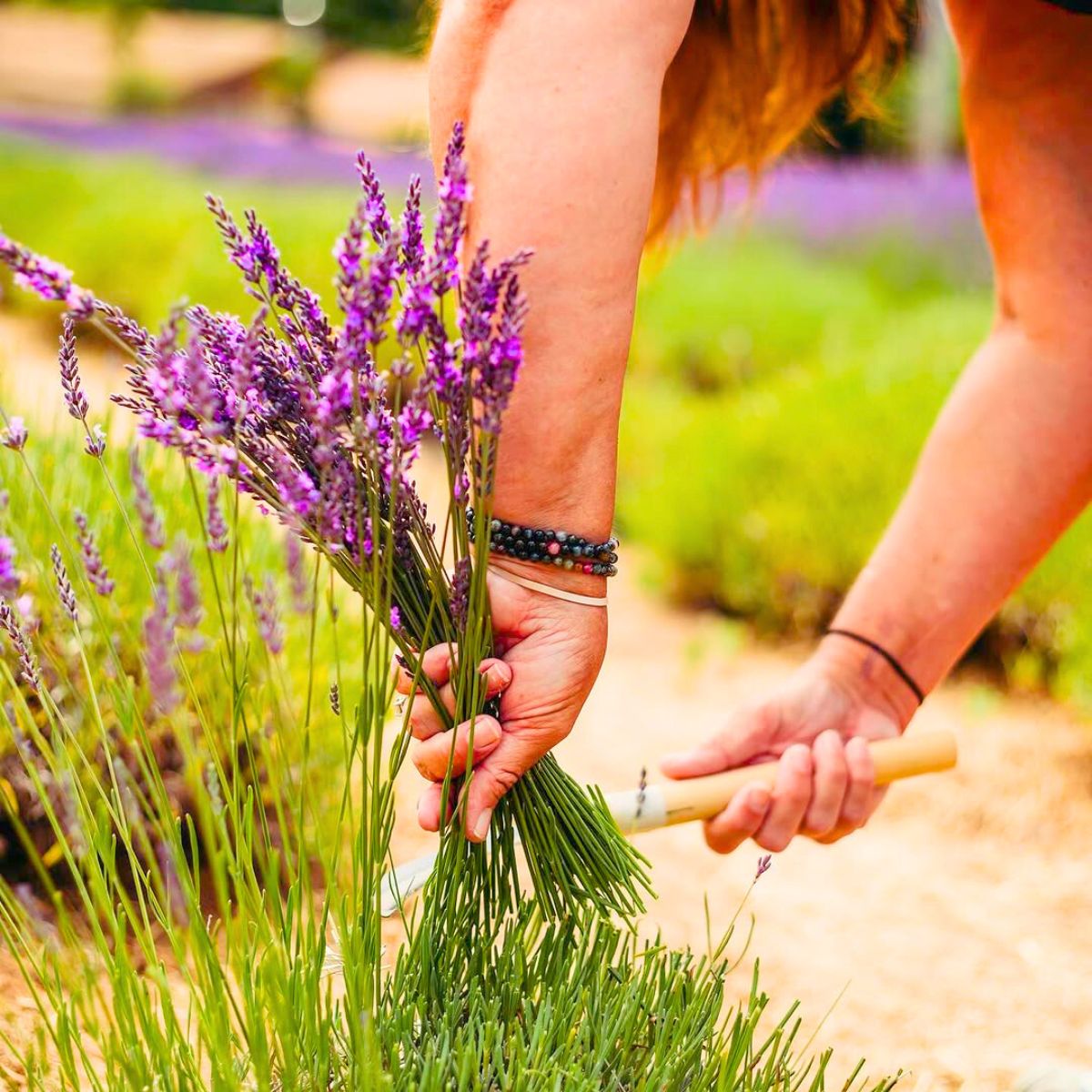
Lavender is a true adaptogen and a herb that has universal healing properties. As an adaptogen, lavender enters your system and works where it is needed to help your mind, body, and/or spirit achieve balance. Its aroma is both stimulating and relaxing. There's nothing quite like the refreshing green, herbal, floral, otherworldly scent of lavender to help you unwind into sublime peace.

Additionally, Lavandula soothes and calms the skin, reduces redness, balances oil production, heals blemishes, and boosts circulation to improve skin tone. It also helps alleviate insomnia, mood swings, and stress. It helps you think clearly, helps reduce anxiety levels, and balances your emotions. According to the National Library of Medicine, lavender has been shown to help with headaches, muscular pain, and respiratory ailments, speeding up the healing of cuts, scrapes, and bruises, and soothing a sunburn or bug bite.
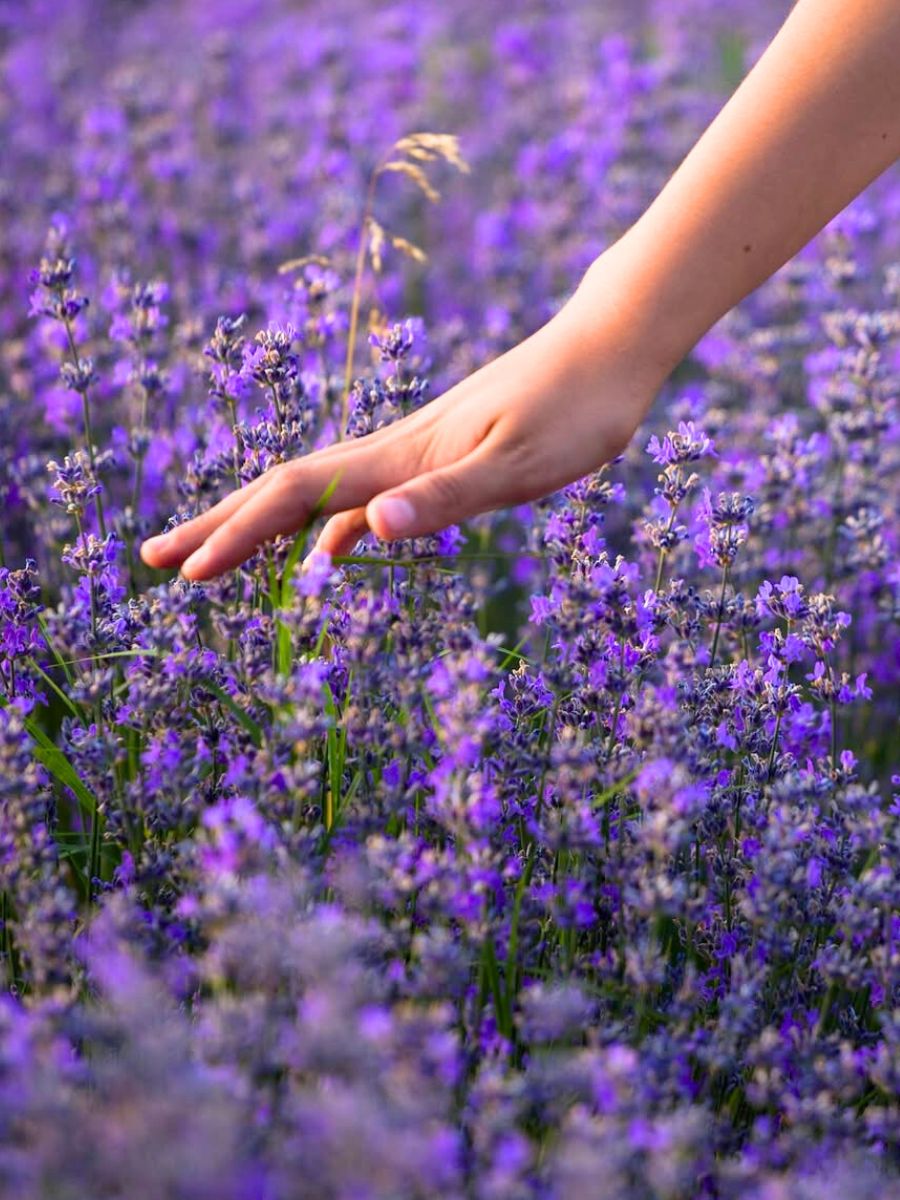
Photo: @puravidahilton
Read more about the famous lavender fields of Castle Farm in Kent, UK.
2. Mint (Mentha Species)
Mint (Mentha species) is a medicinal plant with numerous health benefits backed by science, including aiding in antimicrobial processes, anti-inflammatory, anti-diabetic, and cardioprotective effects, due to its antioxidant potential, low toxicity, and high efficacy. Mentha species are commonly used in savory dishes, foods, beverages, and confections. Mint phytochemicals also demonstrated anticancer activity against a variety of human cancers, including cervix, lung, breast, and others.
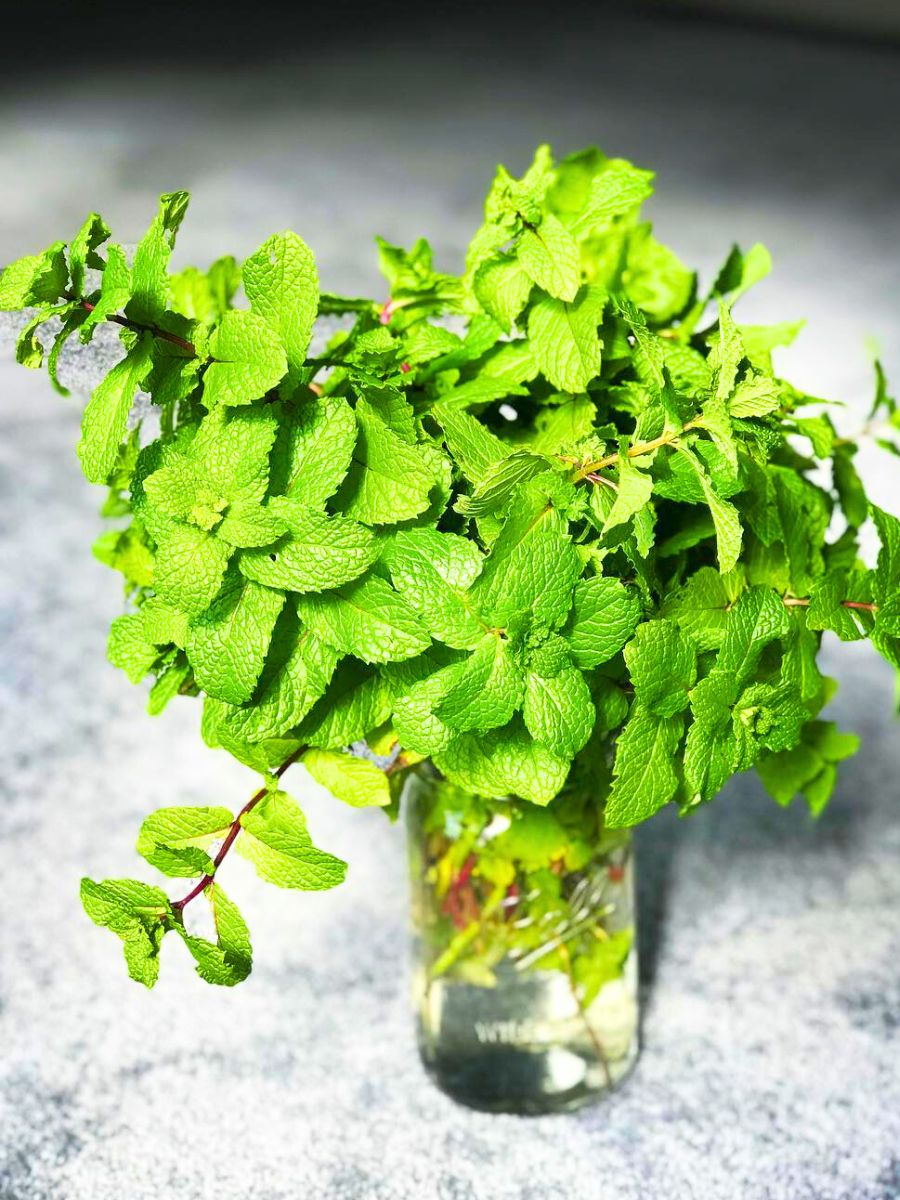
Mint leaves are a brain tonic. According to various studies, mint consumption may improve alertness and cognitive functions. Mint leaves can improve memory and mental alertness. These leaves are rich in vitamins and antioxidants, which boost immunity. These plant-based vitamins help to shield your cells from harm.
This plant can also help you get rid of bad breath. After eating garlic soup, what will you do next? Get some chewing gum. However, next time, chew mint leaves to get rid of the strong odor. Mint leaves have germicidal properties and can help freshen your breath right away. Mint leaf extract can help remove plaque buildup from teeth. Menthol-containing toothpaste, mouthwash, or chewing gum can inhibit oral bacterial growth and keep your oral cavity clean.
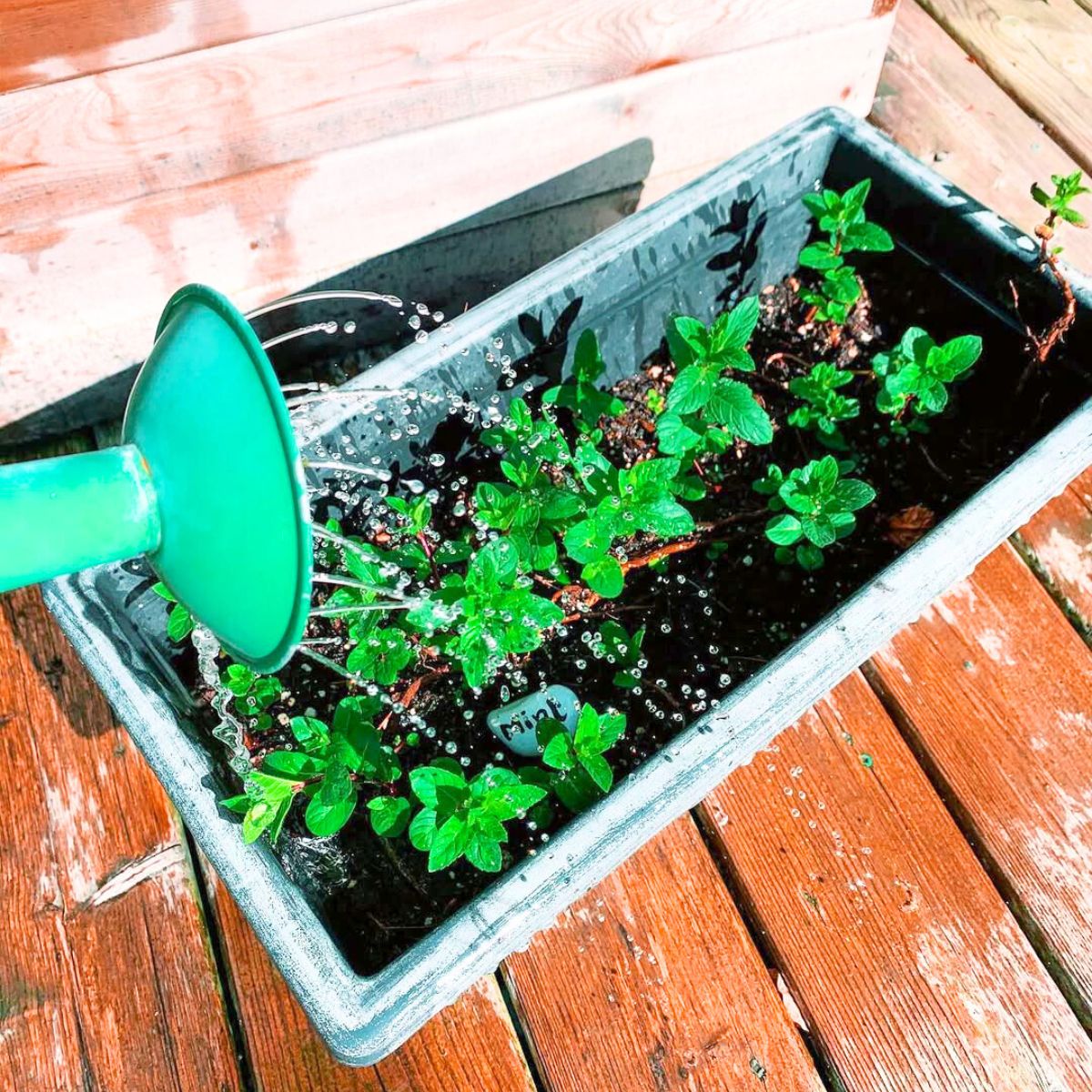
Photo: @karishmaclimategirl
3. Calendula (Calendula Officinalis)
From ancient times to the present, Calendula, aka marigold, has been used to heal wounds, burns, rashes, itchiness, bites, and swelling. Marigold has been shown to promote the growth of healthy new tissue, increase blood flow to the affected area, boost collagen production (which firms and strengthens skin), hydrate dry skin, and accelerate the healing process after surgery or damage. Reasons why it's considered one of the eight healing plants to always have on hand according to experts.
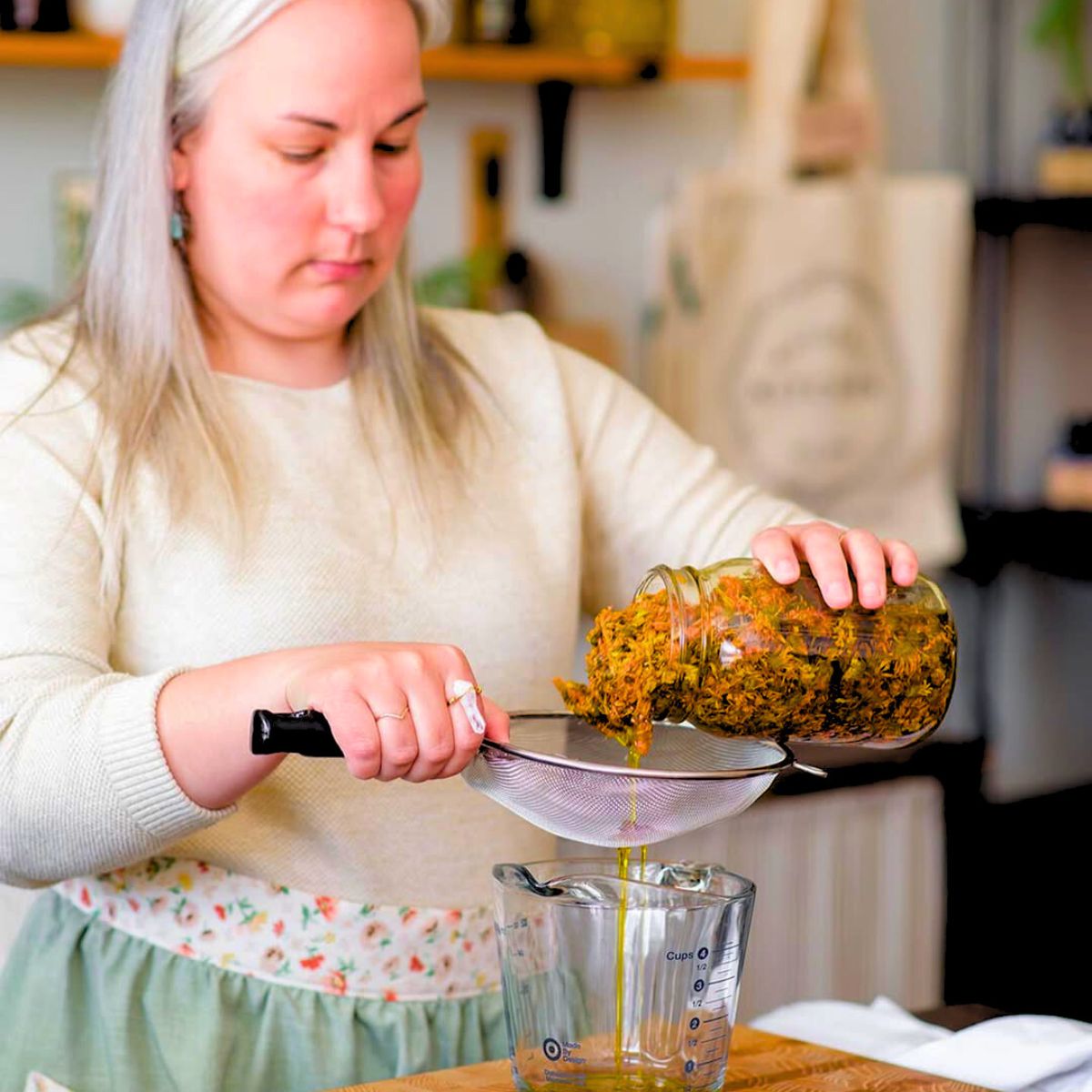
Photo: @mayernikkitchen
Marigold's ability to help treat wounds is thought to be due to stimulation of epithelial cell production (the cells that make up the body's outer surface), which occurs primarily as a result of the presence of glycoproteins and nucleoprotein. It has also been linked to increased cell turnover and enhanced collagen metabolism stimulation.
Calendula was used as an antiseptic for wounds during World War I and the American Civil War. The plant's main compounds are triterpenoids, which are claimed to be the most important anti-inflammatory and anti-edematous (swelling-preventing) components.
Another well-studied use of this flower is to treat bacterial ear infections and relieve pain. It has been discovered that these drops can reduce inner ear swelling and inflammation after just a few days of use. All of these benefits and more are backed up by scientific research and experts.
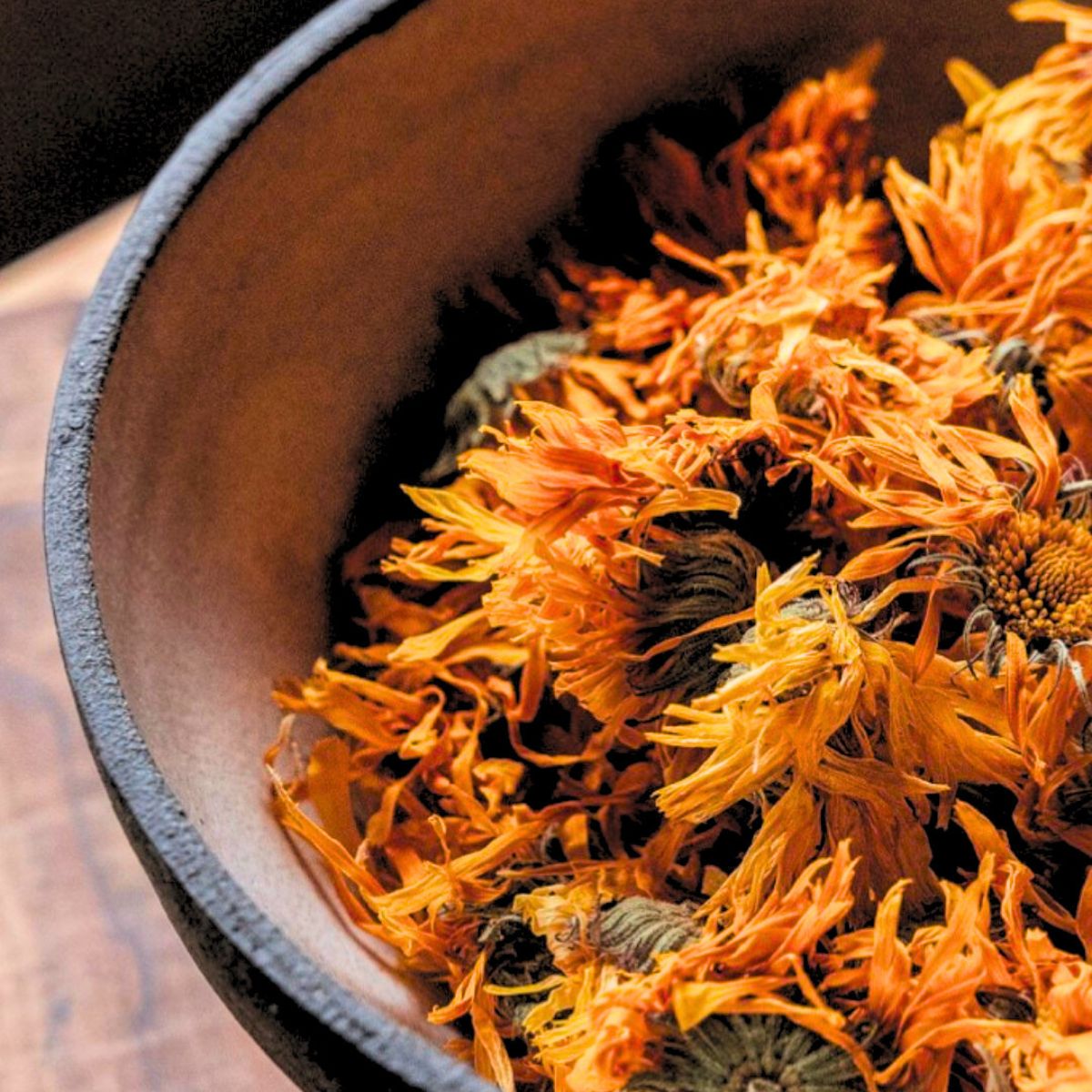
4. Aloe Vera (Aloe Barbadensis Miller)
Aloe vera has been used as an ingredient in skin-care products from moisturizers to face masks — and for good reason. This can be credited to the gel’s moisturizing, anti-aging properties. Applying a moisturizer is an important step in your beauty regime because it traps water in the skin, helping it to appear more youthful, per the NIH; dry skin, on the other hand, causes plump skin cells to shrivel, leading to premature wrinkles.
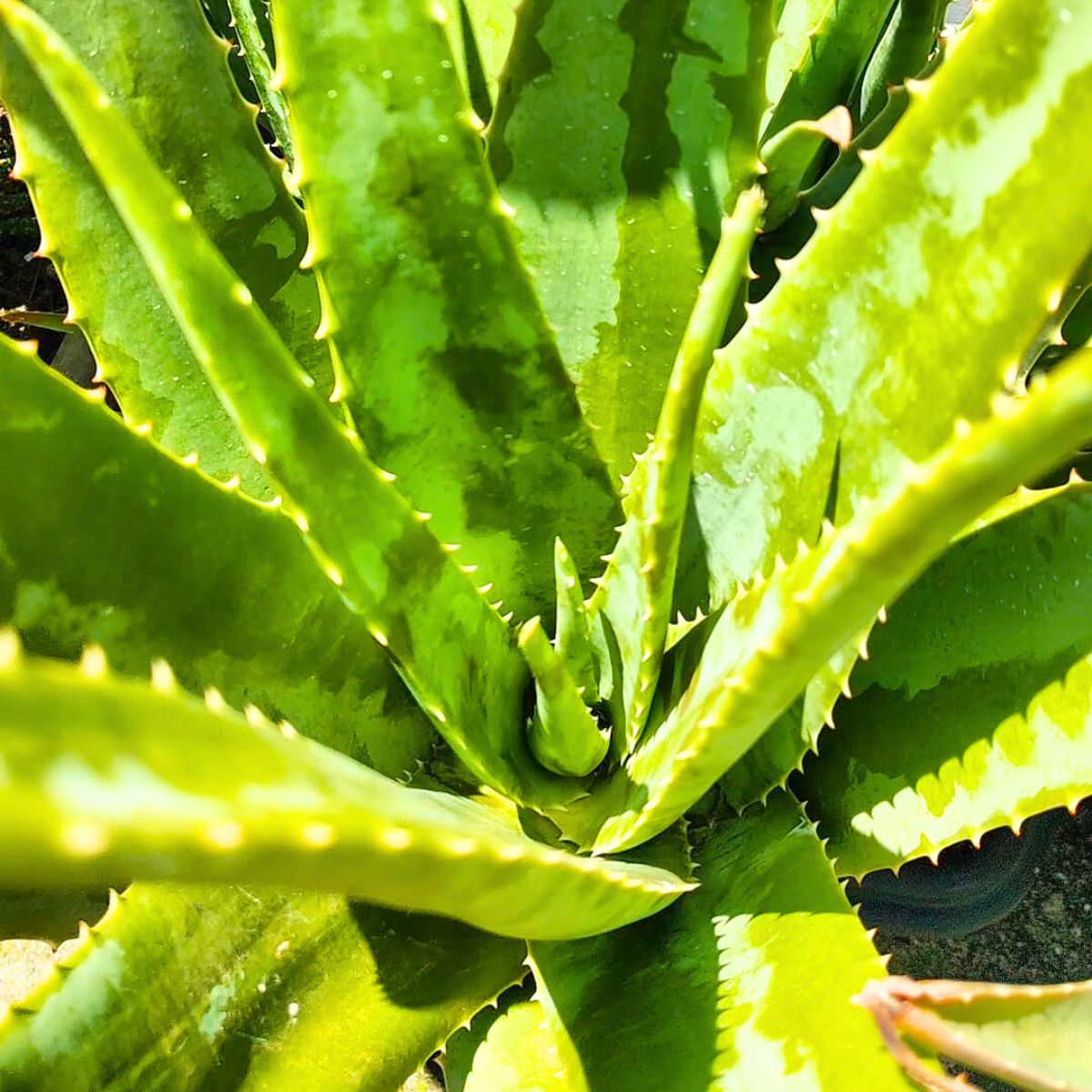
Aloe vera contains a high concentration of mucopolysaccharides, a hydrating molecule that retains moisture in the skin. Hyaluronic acid, a popular skin-care ingredient known for its hydrating and anti-aging properties, is also a mucopolysaccharide, according to research.
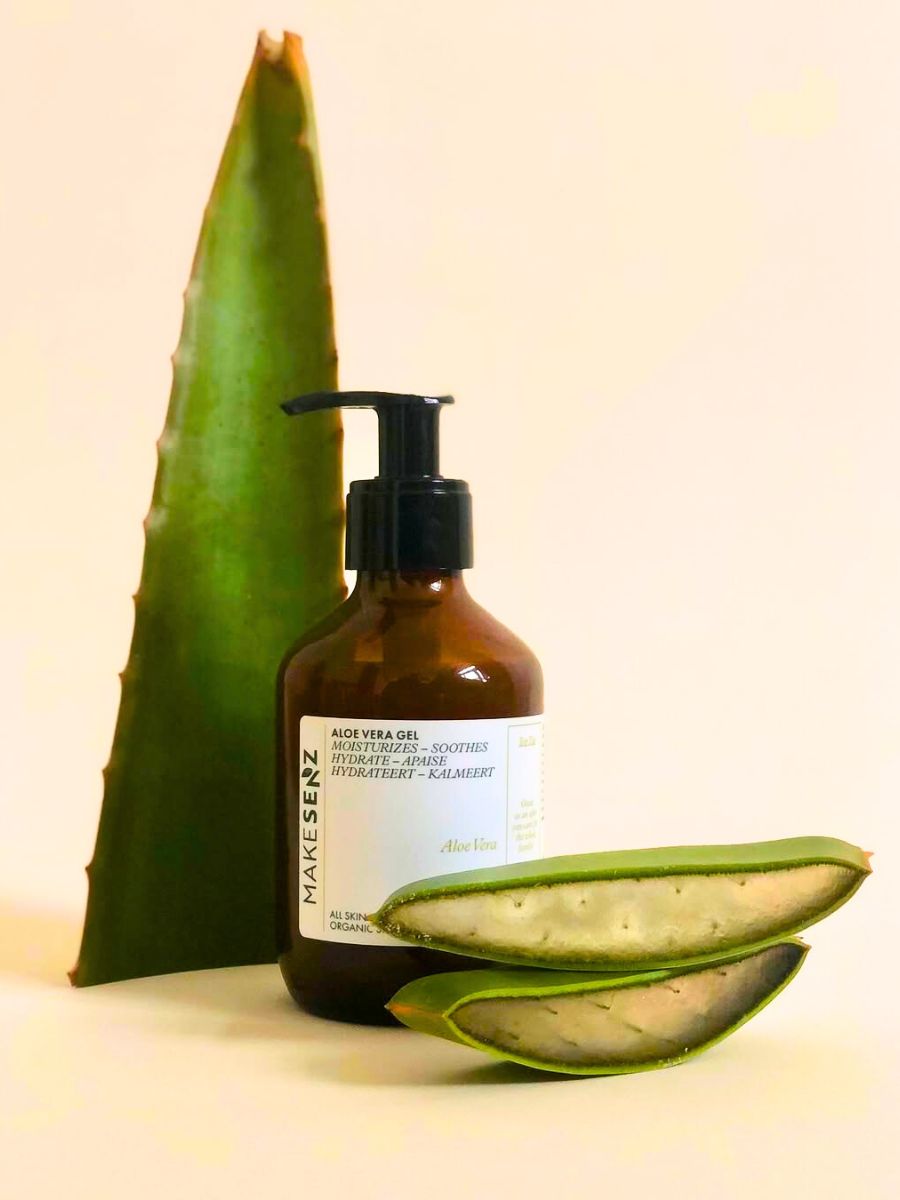
Photo: @makesenz
This is by far one of the most well-known Aloe vera benefits; after a bad sunburn, you've probably applied the plant's gel to your skin for relief. A study found that aloe vera significantly reduced redness on skin exposed to UV rays compared to a placebo. Most dermatologists prefer aloe as a natural treatment for sunburns. Aloe gel is cooling and anti-inflammatory, so it will provide immediate relief from the discomfort of a sunburn.
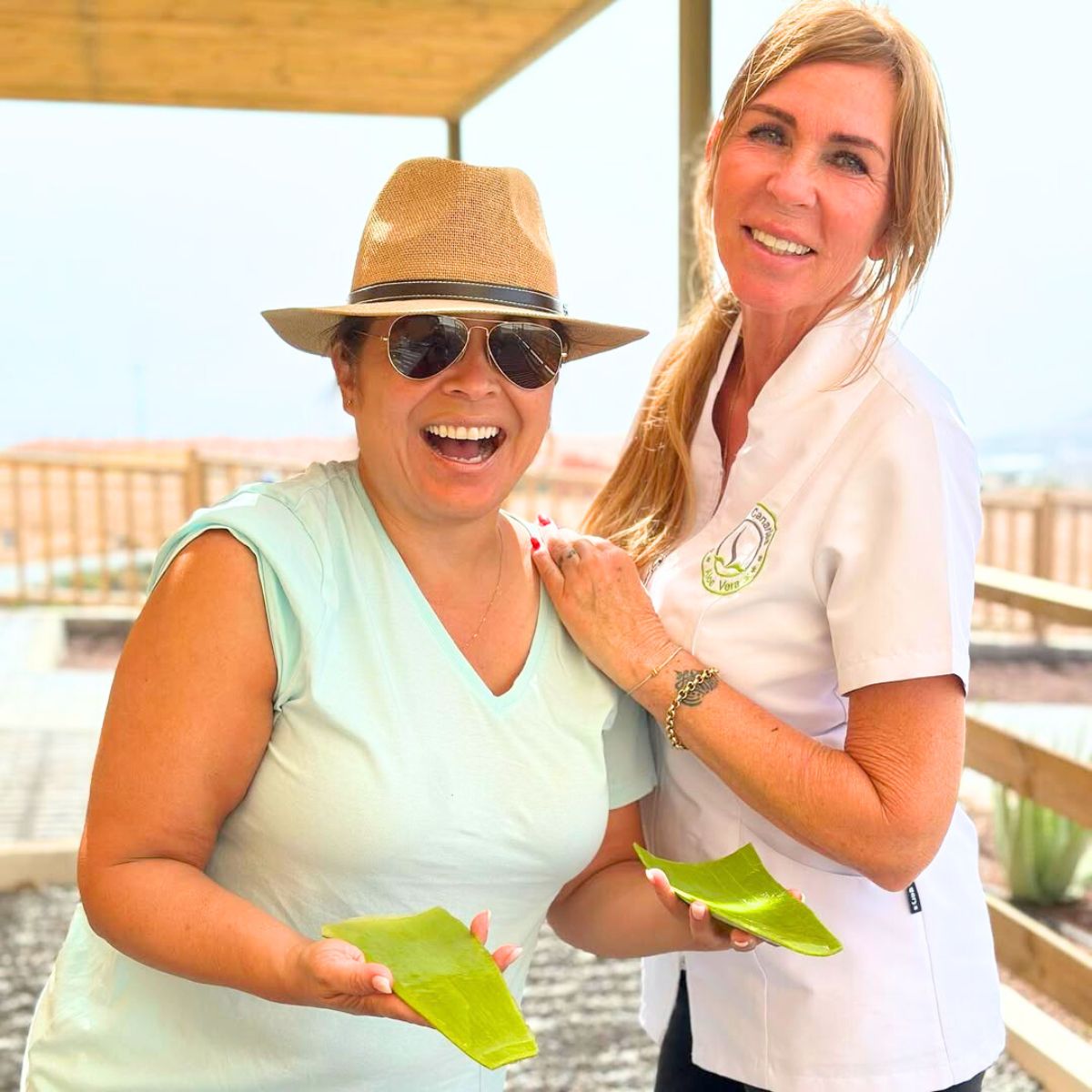
Photo: @sallycardenas_rome
5. Lemon Balm (Melissa Officinalis)
Lemon balm is a mint family member and is known for its calming properties. It has been used since the Middle Ages to relieve stress and anxiety, promote sleep, increase appetite, and alleviate pain and discomfort caused by indigestion. Even before the Middle Ages, lemon balm was steeped in wine to boost spirits, heal wounds, and treat venomous insect bites and stings.
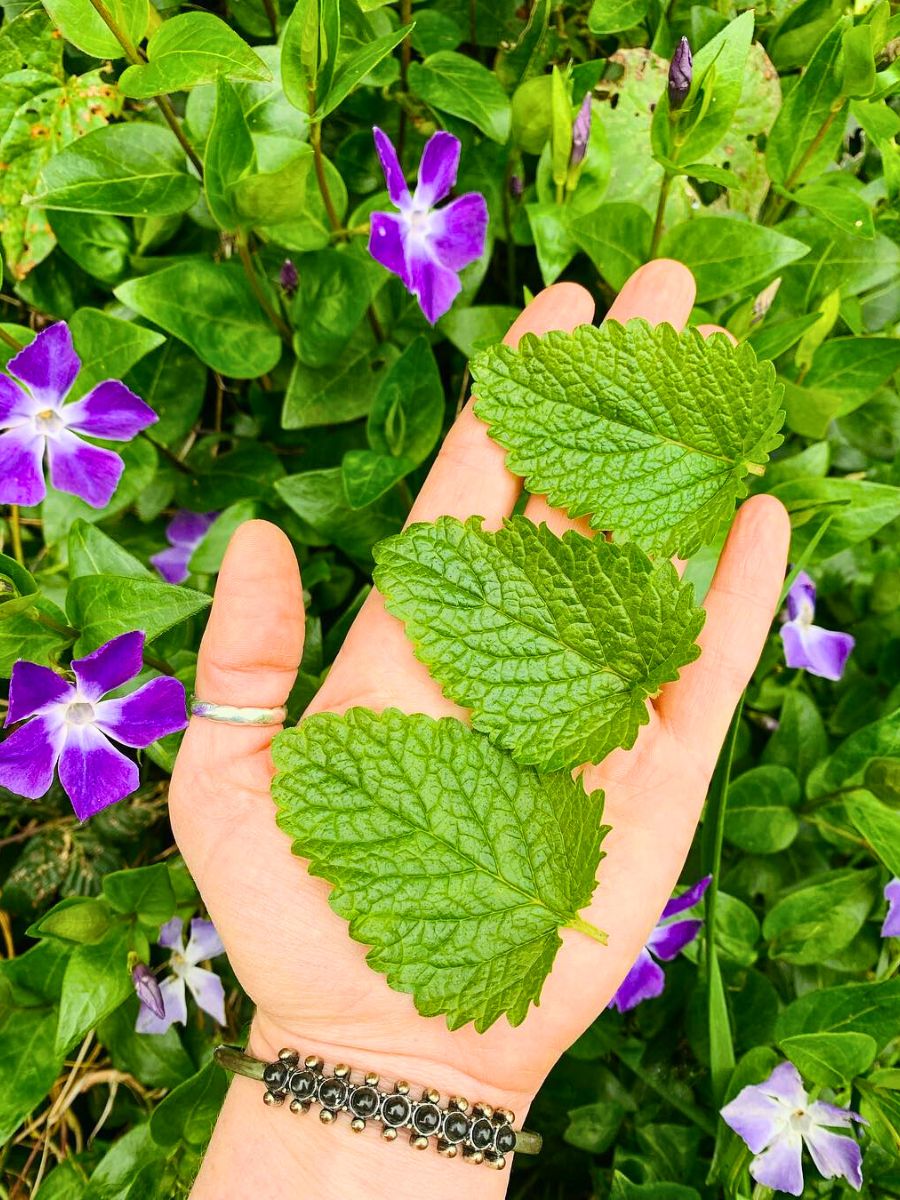
Lemon balm is frequently combined with other calming and soothing herbs, such as valerian, chamomile, and hops, to promote relaxation. It is also found in creams that treat cold sores (oral herpes).
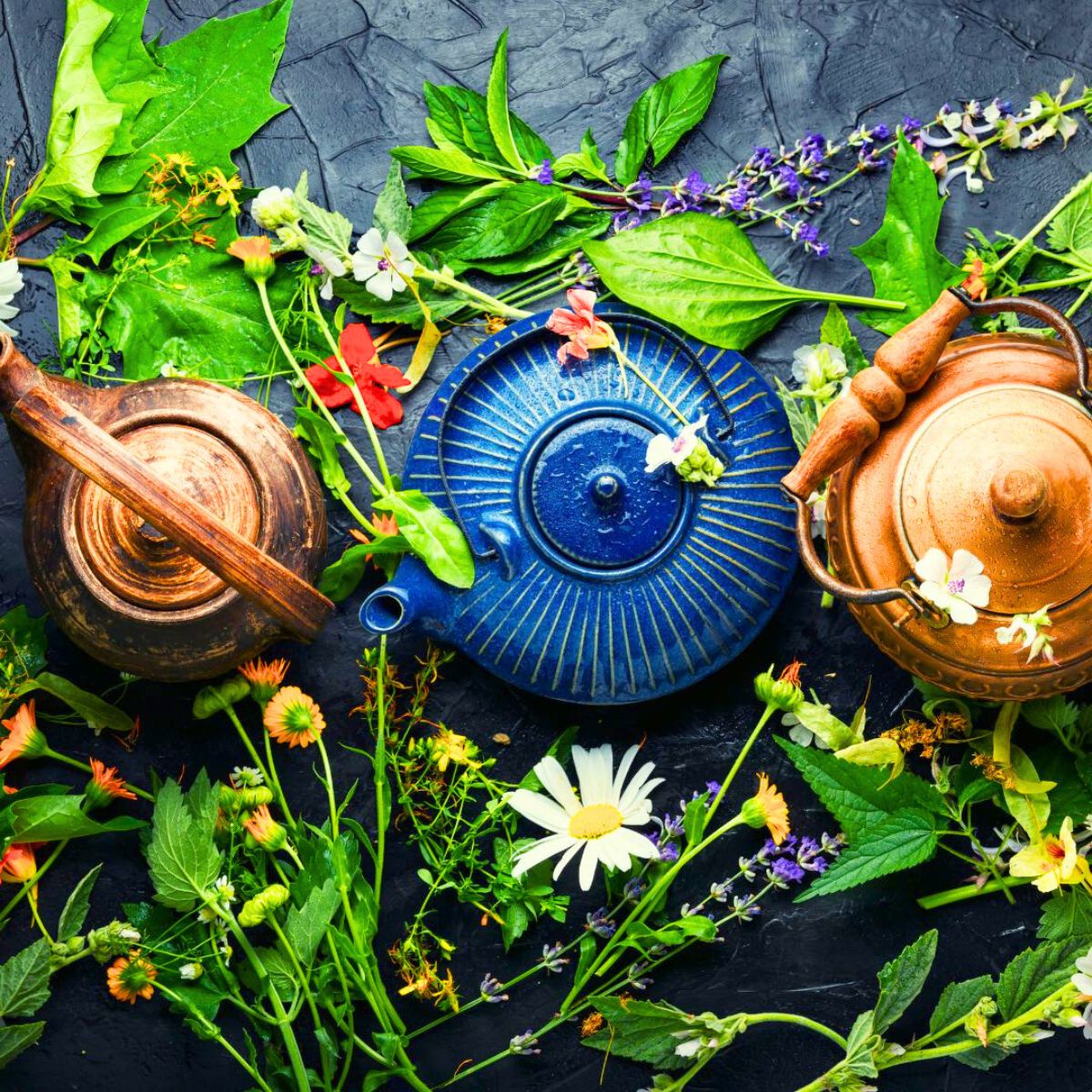
6. Rosemary (Rosmarinus Officinalis)
Continuing with eight healing plants you should consider having around when you need natural healing is rosemary. According to the National Library of Medicine, rosemary has significant antimicrobial, anti-inflammatory, anti-oxidant, anti-apoptotic, anti-tumorigenic, antinociceptive, and neuroprotective properties. Furthermore, it shows important clinical effects on mood, learning, memory, pain, anxiety, and sleep.
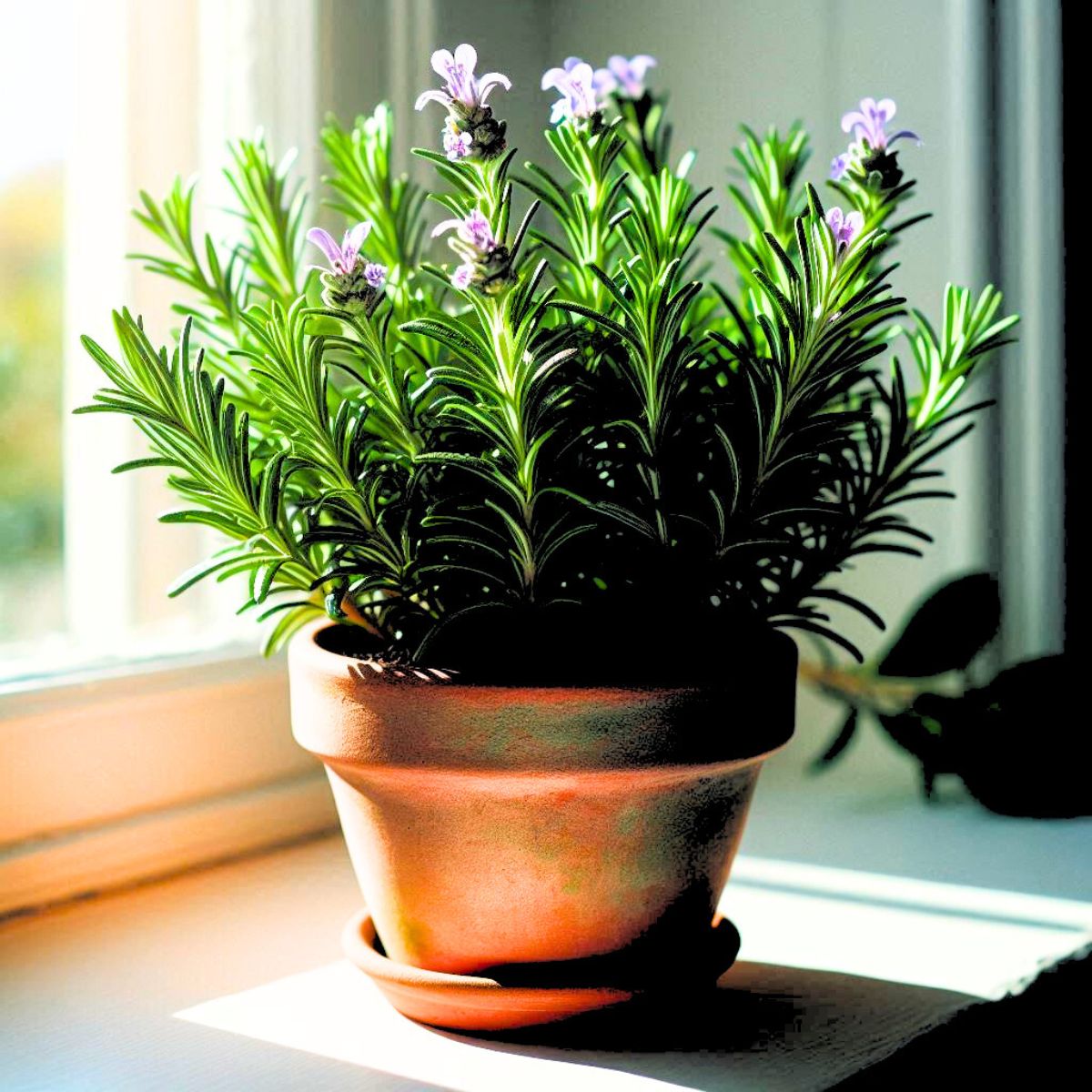
Photo: @sainurserypendlehill
Rosemary has been used in folk medicine to alleviate several diseases including headache, dysmenorrhea, stomachache, epilepsy, rheumatic pain, spasms, nervous agitation, memory improvement, hysteria, depression, and physical and mental fatigue.

7. Eucalyptus
Eucalyptus, with its distinctive aroma and medicinal properties, has long been cherished for its healing potential. This versatile plant is renowned for its ability to alleviate respiratory ailments, including coughs, colds, and congestion. Its leaves contain compounds such as eucalyptol, which possess potent anti-inflammatory and decongestant properties, making eucalyptus an effective remedy for clearing airways and easing breathing difficulties.
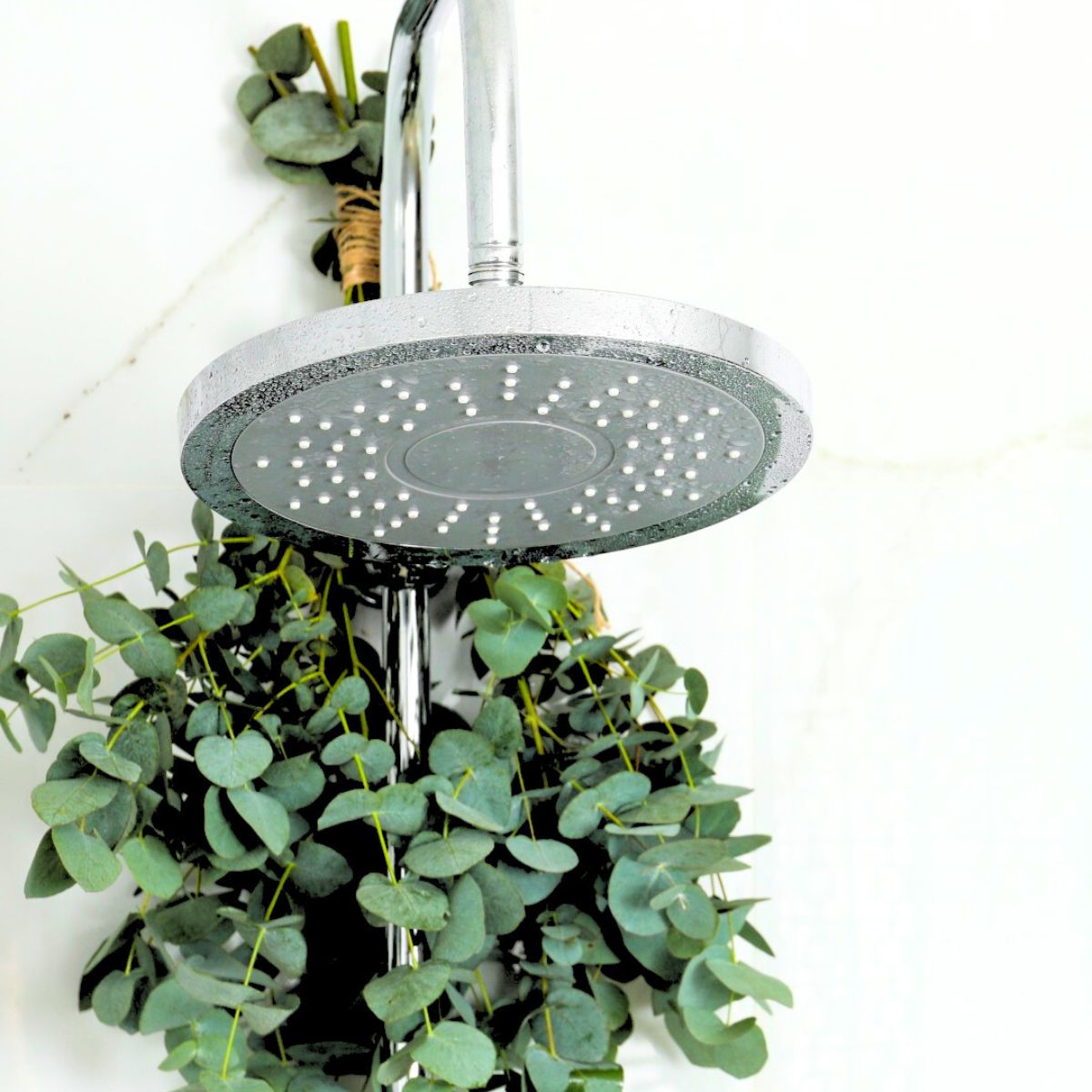
Additionally, Eucalyptus oil is prized for its analgesic qualities, offering relief from muscle aches, joint pain, and headaches when applied topically. Its antiseptic properties also make it a popular ingredient in skincare products, aiding in the treatment of wounds, acne, and skin infections. Embraced by traditional healers and modern practitioners alike, Eucalyptus stands as a powerful botanical ally in promoting respiratory health and overall well-being.
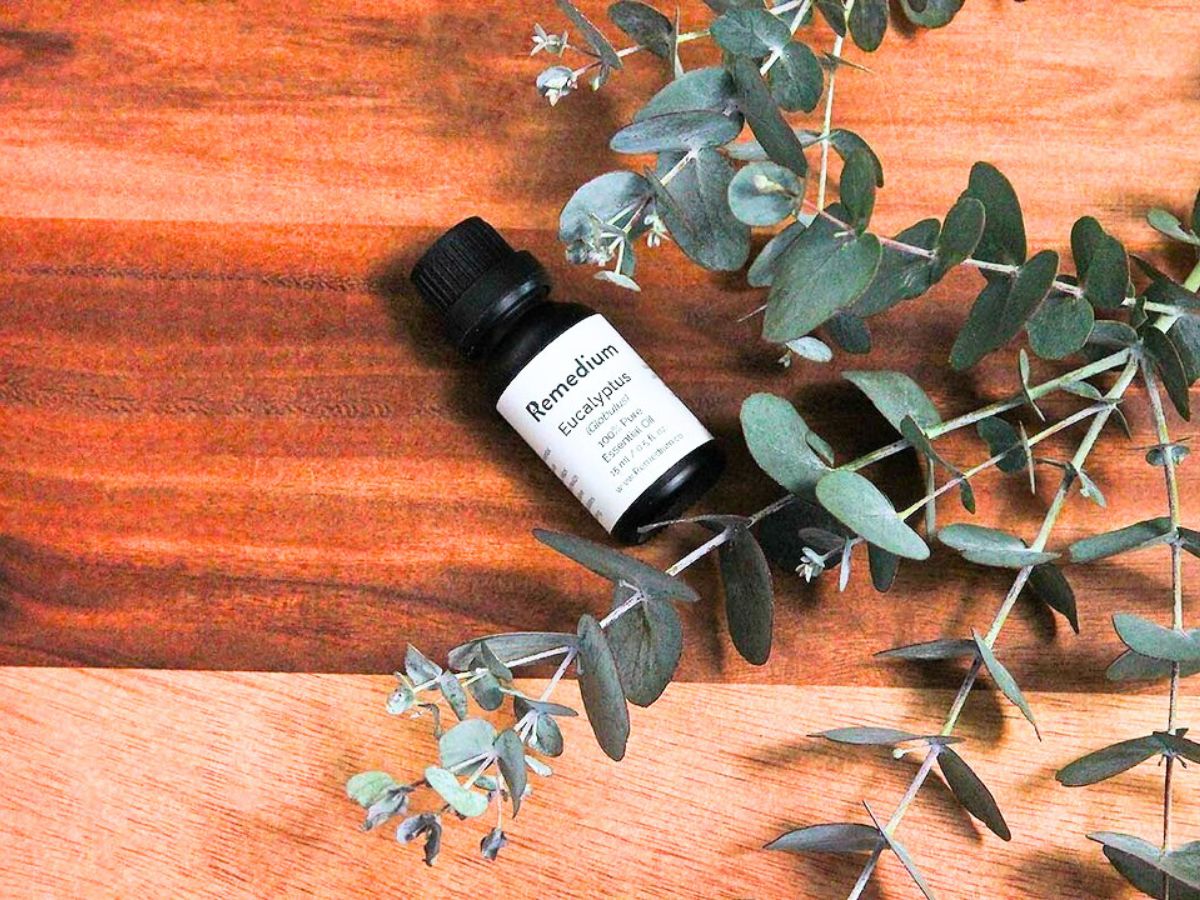
Photo: @remedium.co
8. Spider Plant (Chlorophytum Comosum)
Spider plants are revered not only for their aesthetic appeal but also for their remarkable healing properties. These resilient houseplants are renowned for their air-purifying abilities, effectively removing toxins such as formaldehyde, xylene, and carbon monoxide from indoor environments, thus promoting cleaner air for respiratory health. Read the article '35 Best Indoor Plants That Clean the Air and Remove Toxins' to know more. Moreover, spider plants are recognized for their stress-reducing qualities, as studies suggest that their presence can help lower levels of anxiety and tension, fostering a sense of calm and well-being.
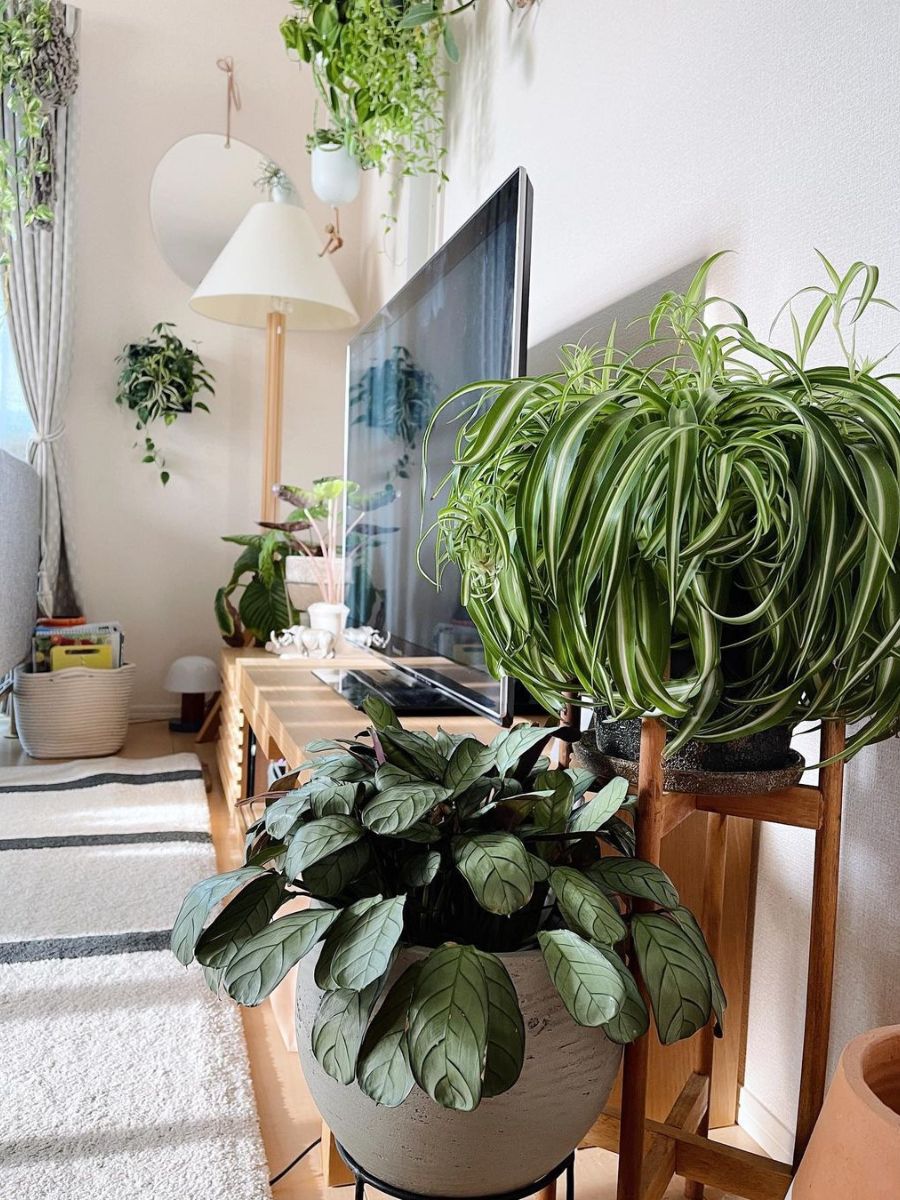
Photo: @sy_life4
Additionally, the spider plant's leaves contain compounds with potential medicinal benefits, including anti-inflammatory and antimicrobial properties, making them useful in traditional herbal medicine for treating minor wounds, skin irritations, and digestive issues. As such, spider plants serve not only as decorative additions to indoor spaces but also as natural allies in promoting a healthier and more harmonious environment. If you want a few more ideas on healing plants, read the article about medicinal plants you can grow at home besides these.
If you're looking for natural ways to heal any issue you may have, it's best to start with what comes from the ground and what comes from Mother Nature. Look into these natural healing plants as one of the best alternatives for healing.

